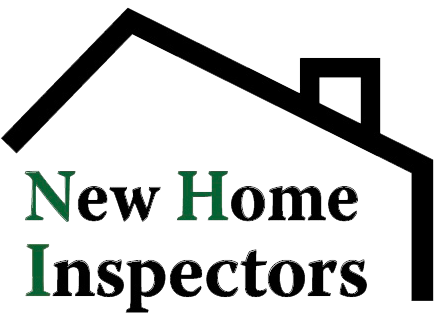
Welcome to the official blog of New Home Inspectors, your trusted home inspection experts on Long Island! Today, we delve into an essential aspect of home maintenance: drainage. While often overlooked, proper drainage is crucial for safeguarding your home against potential water damage and structural issues. In this comprehensive guide, we’ll explore the importance of efficient drainage systems, how to identify drainage problems, and essential tips to maintain a dry and secure home.
Understanding Drainage: Why It Matters
Imagine waking up to a flooded basement or water seeping into your home’s foundation – a homeowner’s nightmare! Efficient drainage is vital to prevent such scenarios and maintain the integrity of your property. Proper drainage systems serve multiple functions:
- Water Diversion: Drainage systems redirect water away from your home’s foundation, preventing water buildup and potential leaks into your basement or crawlspaces.
- Erosion Control: Good drainage helps prevent soil erosion around your property, safeguarding landscaping and outdoor structures.
- Mold and Mildew Prevention: Excess moisture can lead to the growth of mold and mildew, which pose health hazards and can damage your home’s structure and belongings.
- Preserving the Foundation: An adequately drained foundation is less likely to crack, settle, or experience other structural issues.
Identifying Drainage Problems
As a homeowner, it’s essential to be vigilant and recognize potential drainage problems before they escalate. Here are some warning signs to watch out for:
- Pooling Water: Water collecting in pools or puddles around your property, especially near the foundation, indicates poor drainage. Having a home inspection during the winter can hinder our view of pooling water.
- Clogged Gutters: Gutters and downspouts obstructed by debris can lead to water overflow and cause damage to the roof and siding.
- Water Stains: Discoloration or water stains on walls, ceilings, or floors suggest water infiltration.
- Soggy Soil: Soft, constantly wet areas in your yard, even during dry weather, might indicate drainage issues.
- Cracks in Foundation: Cracks in your home’s foundation can be a sign of poor drainage, allowing water to penetrate and cause damage.
Drainage Maintenance Tips
To keep your home safe and dry, consider these maintenance tips:
- Regular Gutter Cleaning: Clean your gutters and downspouts at least twice a year to prevent clogs and ensure proper water flow.
- Extend Downspouts: Add extensions to your downspouts to direct water further away from your home’s foundation.
- Grading Inspection: Ensure your yard slopes away from the foundation, allowing water to flow away naturally.
- French Drains: Consider installing French drains, gravel-filled trenches with perforated pipes, to redirect water from problem areas.
- Sump Pump Check: If you have a sump pump, test it regularly to ensure it’s functioning correctly.
- Sealing Cracks: Inspect your home’s foundation and seal any cracks promptly to prevent water infiltration.

Image Description: Image from a home inspection report showing a short downspout without an extension. This downspout will cause pooling around the foundation of the home.
Professional Home Inspection = Peace of Mind
While these maintenance tips are valuable, nothing beats a comprehensive inspection by a qualified home inspector. At New Home Inspectors, we have the expertise to assess your home’s drainage system, identify potential issues, and provide actionable recommendations to protect your investment.
Conclusion
A well-maintained drainage system is a fundamental aspect of every home. By understanding its importance and learning to recognize potential problems, you can ensure your Long Island property remains safe and dry. Remember, regular maintenance and professional inspections are the keys to a secure and protected home.
At New Home Inspectors, we are committed to providing you with the highest level of service and expertise. Contact us today for a comprehensive home inspection and let us help you keep your home in its best condition. Remember, a dry home is a happy home!

